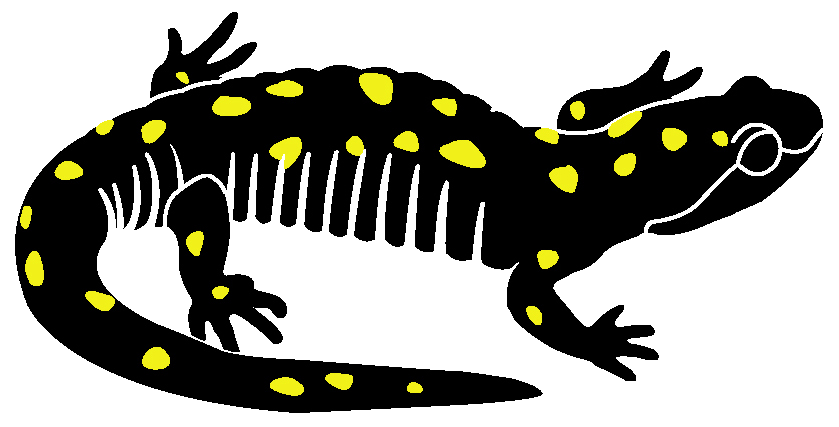Vernal Pools
Vernal pools occur world-wide. They are common across the landscape in the glaciated northeastern United States, forming in small kettle ponds left behind as the glaciers melted away, in spring-fed holes and ditches that hold water for a portion of the year but dry out regularly.
These ephemeral wetlands serve critically important roles as host to an amazing diversity of organisms including salamanders and frogs, mammals, birds, turtles and snakes, and a staggering diversity of invertebrates.
The Vernal Pool Association works to share information, images, stories, and wonder for these little gems of the forest.
Explore our site, and keep up with Vernal Pool Association by checking out our most recent blog posts here. We maintain an email listserve of several hundred vernal pool enthusiasts who share observations, questions, and expertise. We encourage anyone that is interested in vernal pools - wherever you are in the world - to join the vernal pool listserve.
Vernal pools are ephemeral wetlands. The basin is permanent, but the water comes and goes. There is inherent beauty in vernal pools throughout the year.


Lost Pond (left) and Frog Pond (right) on land managed/owned by the Orono Land Trust and the Town of Orono, Orono, Maine, April 16, 2022. Both pools are utilized by Orono High School for vernal pool documentation and studies.
Early Spring Invertebrates of Northeast Vernal Pools

Eubranchipus vernalis is the common fairy shrimp in New England vernal pools. In many years, it is abundant in certain vernal pools from ice-out until the water temperature rise above 50°F. In other years, it may appear in small numbers or not at all. (2022 is being reported as a low year in many areas.) They are omnivorous filter feeders or detritus, algae, and small organisms. In turn, they are important food for numerous predatory insects as well as waterfowl. Image above, Boxford, MA February 2020.
The Vernal Pool Association is unable to assist with local wetland project review, consultation, or regulatory interpretations. Should you have project consultation questions, your local conservation commission or state environmental agencies can help you with those inquiries.
If you are in Massachusetts, the Massachusetts Association of Conservation Commissions (MACC) can recommend consulting firms. Their Resources webpage can be found here.
MassWildlife’s Natural Heritage & Endangered Species Program’s website can be found here.

Vernal pool species, obligate and facultative, common and rare, from poster projects by grade 7 students of the Thurston Middle School, Westwood, MA.


